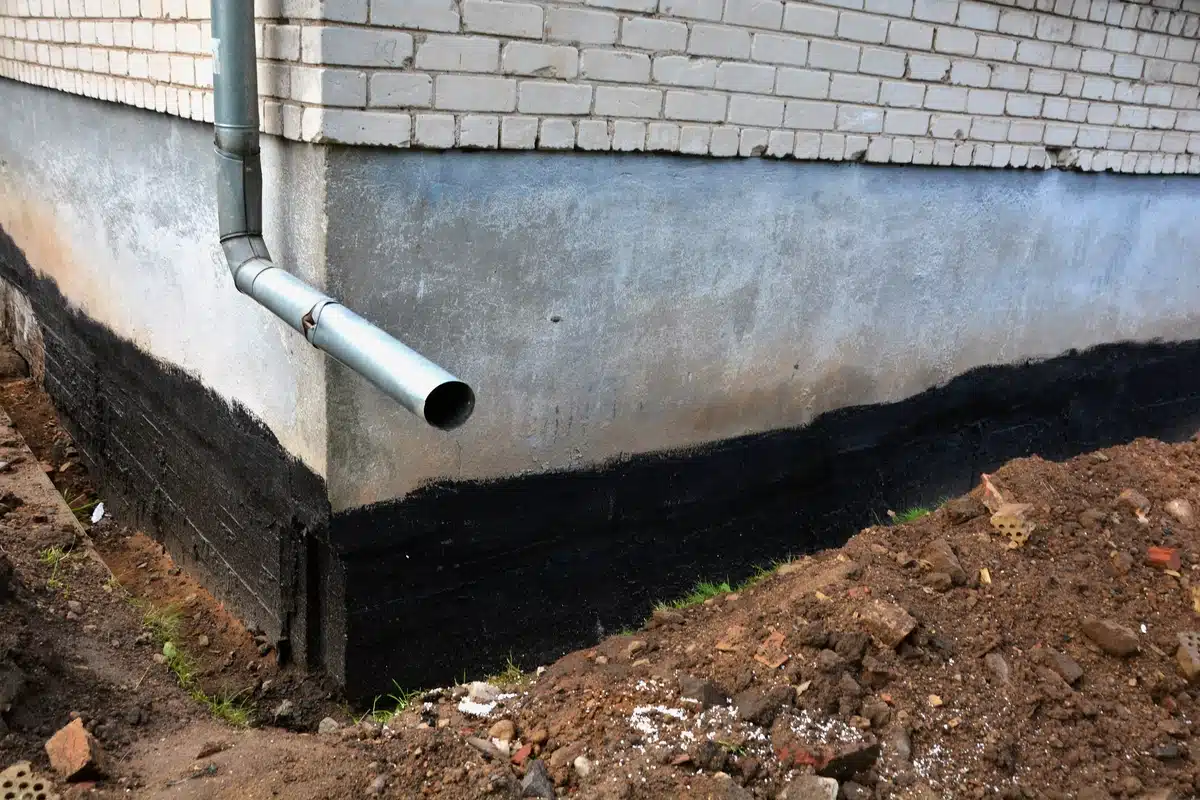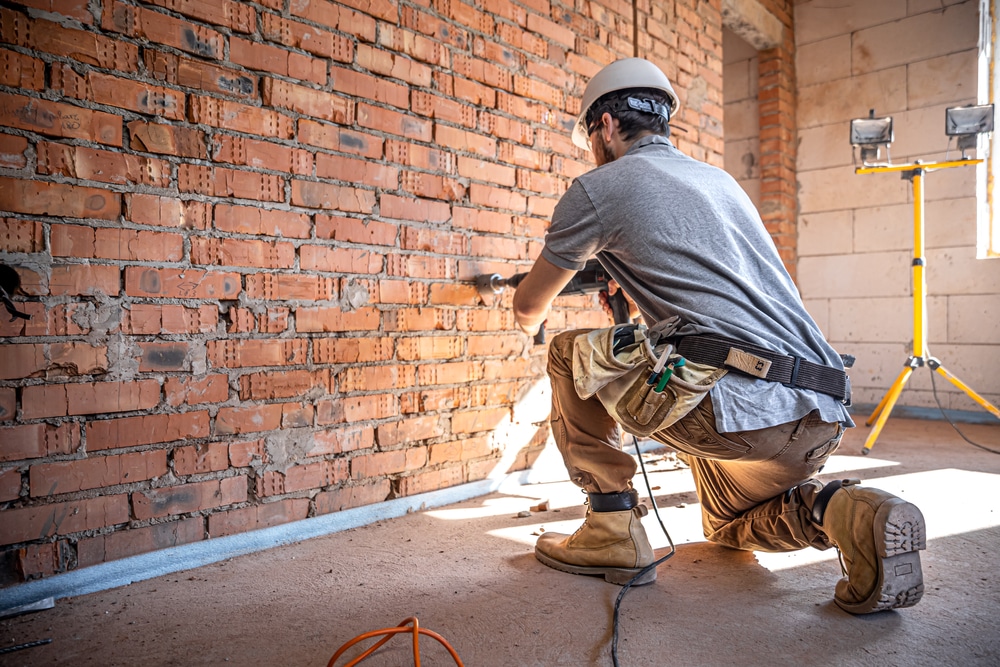Exploring Different Approaches of Structure Repair Service for Different Soil Types
Foundation repair service is a vital facet of preserving architectural honesty, particularly when taking into consideration the varied difficulties posed by various dirt types. The intricacy of dirt actions under differing conditions requires a tailored method to fix, making sure optimum solutions such as helical piers for unpredictable soils or chemical cements for cohesive layers. The concern continues to be: exactly how do we figure out the most efficient approach for each distinct circumstance? Comprehending the interaction in between soil features and fixing techniques is crucial, yet there is more to reveal in the pursuit for lasting solutions. What elements really dictate the option of technique?
Understanding Soil Types
Soil kinds play an essential function in the security and long life of building structures, making it vital for homeowners and building and construction specialists to comprehend their qualities and behavior. The communication between soil and structure can figure out the structural stability of a building. There are numerous dirt types, each with unique physical properties that influence just how structures are made and maintained.
Granular soils, such as sand and crushed rock, offer great drain and are commonly thought about stable. They have high load-bearing capacities, which can sustain larger frameworks. These dirts can change if not compacted effectively, leading to possible negotiation problems. In comparison, cohesive soils like clays and silts show different actions. These soils have a tendency to keep dampness, and their load-bearing capacity can differ significantly with changes in moisture web content.
Rocky soils, known for their toughness and stability, deal exceptional support for foundations however may require customized equipment for excavation. Alternatively, loamy dirts, which are a well balanced mixture of silt, clay, and sand, frequently give desirable conditions for foundation support because of their modest water drainage properties.

Recognizing these soil kinds is essential for choosing proper foundation repair methods, ensuring the toughness and safety and security of structures with time.
Challenges With Large Clay
Among the numerous soil kinds, large clay offers unique difficulties for structure stability because of its propensity to undergo significant quantity adjustments with moisture variation. This sort of dirt swells when wet and agreements when completely dry, which can apply substantial stress on structures. These fluctuations can cause foundation cracking, heaving, and negotiation concerns, posing substantial threats to the structural honesty of buildings.
The obstacles with expansive clay are intensified by its plasticity index, which determines the dirt's capability to alter form and volume. A high plasticity index indicates higher possibility for motion, increasing the chance of damage to structures. This is particularly problematic in areas experiencing severe or constant climate modifications, where cycles of wet and completely dry problems prevail.
Furthermore, the deepness of extensive clay layers can differ, making complex the assessment and planning of proper structure repair service methods. The unpredictable nature of its activity necessitates specialized design solutions to minimize risks. Furthermore, extensive clay can impact energy lines, sidewalks, and driveways, better complicating fixing efforts. These complexities need a complete geotechnical evaluation to ensure reliable foundation repair work approaches are applied, highlighting the value of addressing expansive clay obstacles with proficiency and care.
Solutions for Sandy Soils
Sandy dirts, defined by their i was reading this big bit dimension and reduced cohesion, existing unique difficulties for structure security as a result of their tendency for changing and disintegration. These residential properties necessitate specialized structure repair service strategies to ensure structural honesty. One efficient service is using deep foundation systems such as helical piers or driven heaps. By securing the foundation to much deeper, much more secure soil layers, these systems can supply the necessary assistance to counteract the shifting nature of sandy soils.
One more suggested method is the application of dirt stabilization methods. Chemical grouting, for example, entails infusing a maintaining representative into the soil, which enhances cohesion and minimizes permeability. This process aids to solidify the sandy substrate, thereby minimizing the threat of erosion and movement.
Additionally, mounting proper drainage systems is crucial in sandy dirt conditions. Ensuring adequate drainage can protect against water build-up around the structure, which usually intensifies disintegration and soil variation. Strategies such as French drains pipes or surface grading can be used to route water far from the structure boundary.
Attending To Settling in Loamy Soils
Loamy dirts, recognized for their well balanced mix of silt, sand, and clay, supply a productive base for several structures however can occasionally bring about foundation settling as a result of their one-of-a-kind make-up. This balanced texture provides outstanding water drainage and nutrient retention, making it ideal for agriculture and landscaping. Nevertheless, this same characteristic can end up being troublesome for structures, as changes in wetness web content can trigger the dirt to increase or agreement, causing working out.
Exact soil testing is vital to figure out the certain structure and moisture material of the loam. When data is gathered, carrying out proper drainage services is crucial to maintain constant dampness degrees, thereby minimizing the threat of soil contraction or growth.

Ingenious Fixing Techniques
In the world of structure repair, innovative strategies are continually being created to deal with the facility tests posed by various soil conditions. As soil kinds differ substantially in their structural buildings, conventional approaches may not always are enough. The development of brand-new technologies in structure repair work supplies much more customized options, guaranteeing security and durability.
One notable technology is using helical piers, which are especially efficient in expansive or unsteady dirts (foundation repair okc). These piers are screwed into the ground until they reach a steady layer of dirt, using solid support for the structure above. This technique lessens interruption and is versatile to various dirt kinds, making it a functional remedy
One more cutting-edge method is the application of polyurethane foam shot. This technique entails infusing high-density polyurethane foam below the structure to fill spaces and maintain the structure. It is a much less invasive alternative to check my reference standard foundation, supplying quick setup with minimal disturbance to the surrounding location.
In addition, soil stabilization methods, such as using chemical cements, have actually gotten traction. These substances enhance dirt toughness and lower permeability, protecting against future moving. Jointly, these ingenious repair strategies provide reliable remedies for the diverse challenges presented by varying soil problems.
Final Thought

Foundation repair work is a critical element of preserving architectural integrity, particularly when considering the diverse challenges presented by various dirt types (foundation repair oklahoma city). The complexity of dirt habits under varying conditions necessitates a customized method to repair, guaranteeing optimal remedies such as helical piers for unsteady soils or chemical cements for natural layers. By securing the foundation to deeper, extra stable soil layers, these systems can give the essential support to counteract the moving nature of sandy soils
Foundation repair work needs mindful consideration of soil kinds to ensure security and longevity. Chemical grouts improve soil strength and lower leaks in the structure in natural soils.